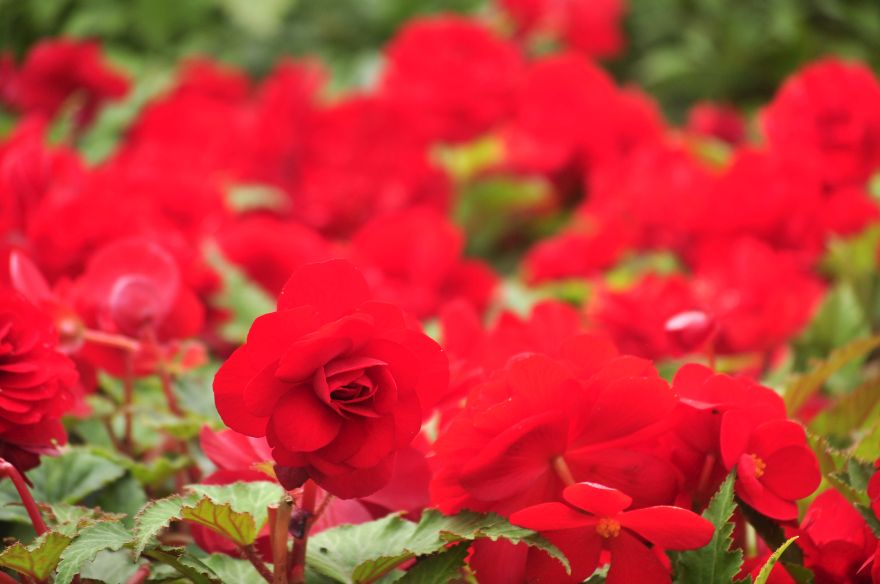
The Grand-Place, a Unesco world heritage site But “nowhere else is the carpet as magnificent and distinguished as on the ancient and unique Grand-Place of Brussels”. The team went on to create more than 180 carpets, in Ghent, Bruges, Cologne, Luxembourg, Paris, London, Amsterdam, The Hague, Vienna, Valencia and even Buenos Aires and Columbus (Ohio). After years of testing and calculations, the team of Etienne Stautemas, together with designer Mark Schautteet, imposed itself as the specialist in the creation of immense flower carpets, with sophisticated colours and complicated designs. Simpler, smaller, these “rugs” were primarily composed of begonias which he loved and with which he worked ever since.

A graduate of the Horticultural College of Ghent, he began to create flower carpets in the early 1950´s. This was the work of the landscape architect Etienne Stautemas, born in Zottegem in 1927. The flowers remain fresh and preserve their splendour during the four days. If the weather is too wet, the grass can grow by 4 to 5 centimetres in 3 days. The flowers are so closely-packed that they can´t be blown away, and indeed they create their own microclimate! If there´s a heat wave, the sod is watered to prevent it from wilting. The day before the opening, the spaces between the floral motifs are filled in using rolls of sod.

More than 100 volunteer gardeners put together this giant floral puzzle in less than six hours.

Several days before the inauguration, a full-size drawing is executed on a enormous organic cotton canvas that is laid down atop the cobblestones of the Grand-Place. The works can then begin. The hundreds of thousands of cut flowers necessary for the composition can then be reserved, very long in advance. Once the theme has taken shape in the form of a model and symbols, the number of flowers is calculated and the combinations of colours are established. Every two years, the non-profit association Tapis de Fleurs brings together a committee of professionals (illustrators, graphic designers, landscape architects) who come up with scale projects, with each edition illustrating a different theme (the commemoration of major events, a country, a continent, the coat of arms of a city, etc.).


 0 kommentar(er)
0 kommentar(er)
